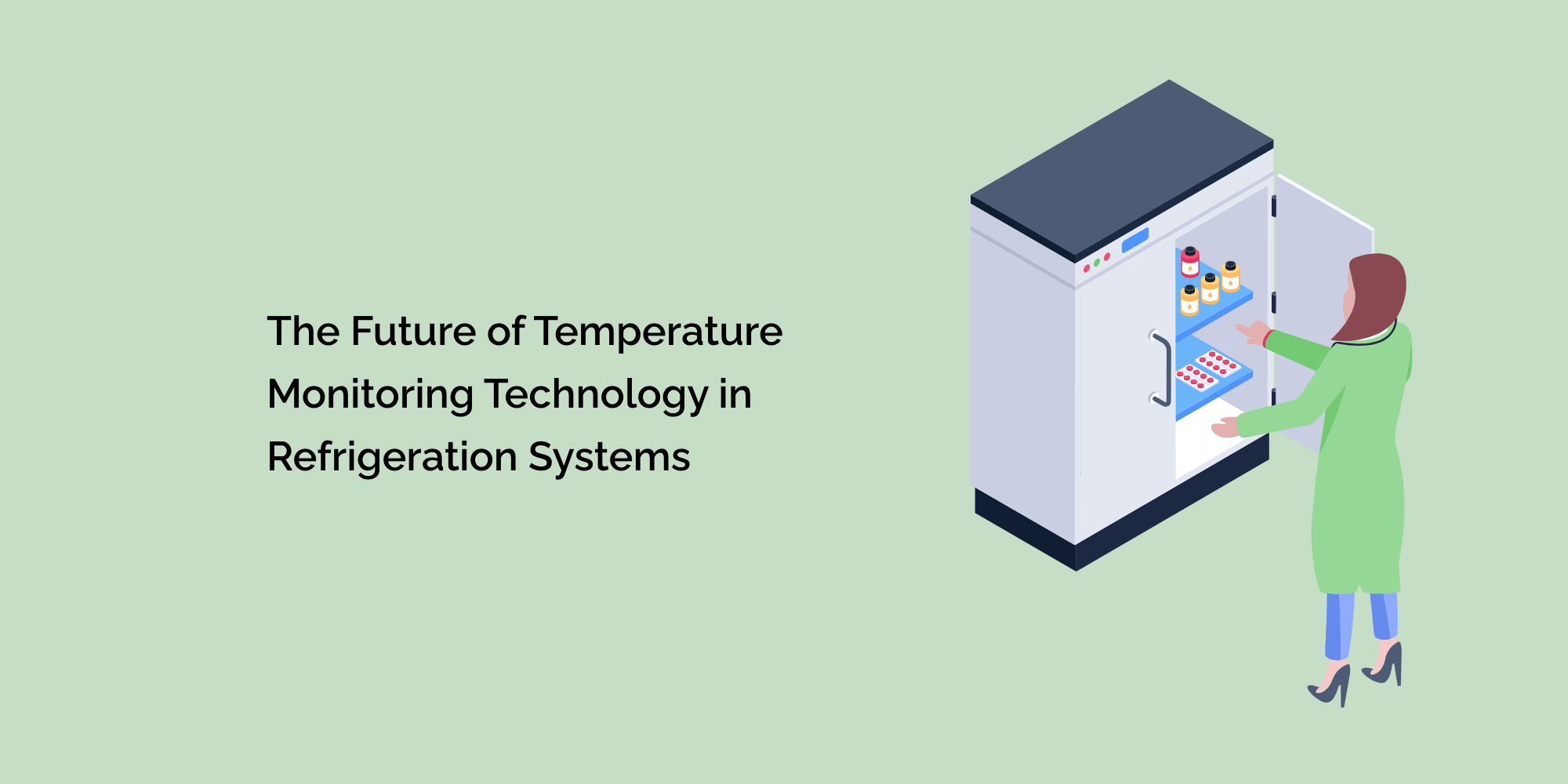Temperature monitoring plays a crucial role in ensuring the safety and quality of perishable goods stored in refrigeration systems. As technology continues to advance, so does the potential for innovative solutions in temperature monitoring.
In this blog, we will explore the future of temperature monitoring technology in refrigeration systems. We will delve into emerging trends and advancements that have the potential to revolutionize the way we monitor and control temperatures in cold storage environments. Join us as we uncover the exciting possibilities and the impact these technologies can have on food safety, efficiency, and sustainability.
The Importance of Temperature Monitoring in Refrigeration Systems
To understand the significance of temperature monitoring technology, we first need to recognize the critical role that proper temperature control plays in refrigeration systems.
In this section, we will explore the importance of maintaining optimal temperatures in cold storage environments and discuss the potential consequences of temperature deviations. We will also highlight the regulatory requirements and industry standards that govern temperature monitoring in refrigeration systems.
Current Challenges in Temperature Monitoring
The existing methods of temperature monitoring in refrigeration systems come with their own set of challenges. In this section, we will discuss the limitations of traditional temperature monitoring techniques, such as manual data logging and periodic measurements.
We will address the potential risks associated with human error, delayed temperature alerts, and the lack of real-time visibility. Additionally, we will explore the complexities of managing multiple temperature zones within large-scale refrigeration systems.
Emerging Trends in Temperature Monitoring Technology
This section will showcase the exciting advancements in temperature monitoring technology that are shaping the future of refrigeration systems. We will discuss the following emerging trends:
-
Wireless Sensor Networks: Explore the potential of wireless sensor networks that enable continuous monitoring of temperature and humidity conditions throughout the refrigeration system. We will discuss the benefits of real-time data collection, remote access, and the ability to monitor multiple zones simultaneously.
-
Internet of Things (IoT) Integration: Delve into the integration of IoT technologies with temperature monitoring in refrigeration systems. We will discuss how IoT devices and cloud-based platforms enable seamless data collection, analytics, and remote monitoring, leading to improved operational efficiency and proactive maintenance.
-
Artificial Intelligence (AI) and Machine Learning: Explore the applications of AI and machine learning algorithms in temperature monitoring. We will discuss how these technologies can detect patterns, predict anomalies, and provide proactive alerts to prevent temperature excursions and potential product loss.
-
Blockchain for Data Security: Discuss the potential of blockchain technology in ensuring data security and integrity in temperature monitoring. We will explore how blockchain can enhance traceability, transparency, and compliance in cold chain management.
Benefits of Advanced Temperature Monitoring Technology
In this section, we will highlight the benefits that advanced temperature monitoring technology brings to refrigeration systems:
-
Enhanced Food Safety: Real-time monitoring and accurate temperature control significantly reduce the risk of food spoilage and contamination, ensuring food safety throughout the cold chain.
-
Increased Efficiency: Automated temperature monitoring systems optimize energy consumption, reduce operational costs, and streamline maintenance schedules. We will explore how data-driven insights can lead to more efficient cooling operations.
-
Compliance and Audit Readiness: Advanced temperature monitoring technologies enable businesses to maintain meticulous records, facilitating compliance with regulatory requirements and simplifying auditing processes.
-
Improved Sustainability: Optimized temperature control reduces energy waste and carbon emissions, contributing to a more sustainable cold chain ecosystem.
Case Studies and Success Stories
This section will feature case studies and success stories from businesses that have adopted advanced temperature monitoring technology in their refrigeration systems. We will showcase how these organizations have achieved improved efficiency, reduced product loss, enhanced food safety, and gained a competitive edge in the market.
Future Possibilities and Implications
In this section, we will explore the potential future developments in temperature monitoring technology for refrigeration systems. We will discuss concepts such as edge computing, 5G connectivity, and the integration of advanced sensors for enhanced precision and automation. Furthermore, we will address the implications of these advancements on food safety regulations, supply chain management, and the overall sustainability of the cold chain.
Conclusion:
The future of temperature monitoring technology in refrigeration systems is promising, with innovative solutions offering real-time data, remote accessibility, and advanced analytics. These technologies have the potential to revolutionize the way we monitor and control temperatures, leading to improved food safety, operational efficiency, and sustainability in the cold chain.
By embracing these advancements, businesses can stay ahead of the curve, ensure compliance, and enhance customer satisfaction. Let us embrace the future of temperature monitoring technology and pave the way for a safer, more efficient, and sustainable refrigeration industry.








